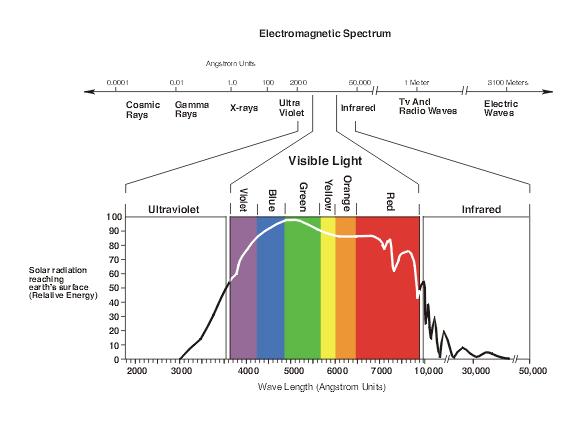* Terms and Conditions apply.


Revision sheets for IGCSE or GCSE physics. This series revision sheets are based on the IGCSE & GCSE syllabuses. Lots of formulas, definitions and key points to learn off. There are also accompanying test sheets to check your memorisation.
The idea is read the information and than print the quiz sheet and try the questions.

Light Waves
Revision Exercise four:
longitudinal waves à move in the same direction as the medium movement
longitudinal waves à move in the same direction as the medium movement transverse waves à move at right angles to the medium movement amplitudeà hight from top to bottom, unit: metre (m)
frequencyà how many pass each second, unit: hertz (Hz)
wavelength à length from start to end of wave, unit: metre (m) period à time taken for wave to pass = 1/frequency
waves transfer energy and information without transferring matter wave speed = frequency × wavelength v = f × λ
frequency = 1/ time period f = 1/ T
waves can be diffracted (spread out) through gaps or when they pass an edge, and the extent of diffraction depends on the wavelength and the physical dimension of the gap

Christian Doppler
(Discovered the doppler effect)
The electromagnetic spectrum
electromagnetic spectrum goes from longest wavelength -- radio, microwave, infra-red, visible, ultraviolet, X-ray and gamma rays – shortest wavelength
electromagnetic waves travel at the same speed in free space
uses of electromagnetic radiations,
Detrimental effects of excessive exposure of the human body to electromagnetic waves
light waves are transverse waves which can be reflected, refracted and diffracted the angle of incidence equals the angle of reflection refractive index n=sin i/sin r total internal reflection is used in transmitting information along optical fibres when the angle of incidence is greater than the critical angle c there is total internal reflection the relationship between critical angle c and refractive index N is sin c = 1/N
sound waves are longitudinal waves which can be reflected, refracted and diffracted the frequency range for human hearing is 20 Hz – 20 000 Hz an oscilloscope and microphone can be used to display a sound wave by converting it to an electrical signal the pitch of a sound depends on the frequency of vibration the loudness of a sound depends on the amplitude of vibration
Quiz for revision exercise four: Waves - light and sound quiz